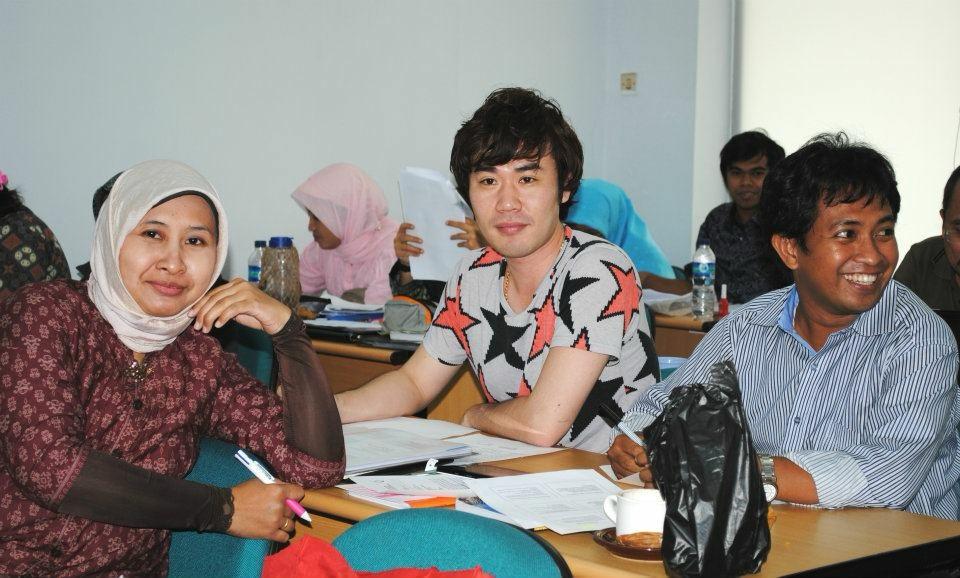BISNISREAL.COM, JAKARTA – Friday July 4,2025 Healthy and sustainable industrial relations are crucial for economic progress and worker welfare. In Indonesia, the Collective Labor Agreement (CLA) is a vital instrument for building these relations. A CLA is a legal document born from negotiations between labor unions and employers, covering various aspects of employment, from working conditions and rights to other relevant provisions. Its existence aligns with the Collective Bargaining Theory, empowering workers to improve their bargaining position.
This article was written by Rohani Siregar dan Taruf Erwin, (Master of Educational Management, Student, Pamulang University, South Tangerang)
The CLA serves as a strong foundation for protecting workers’ rights, ensuring legal certainty, and fostering stability. It acts as a comprehensive “shield” for workers against potential exploitation, regulating working hours, wages, benefits, and health and safety standards. Without a CLA, workers might only rely on minimum legal requirements, which may not fully address specific industry or company needs. This aligns with the Workers’ Rights Theory, where the CLA ensures these rights are not only met but also expanded.
One of the CLA’s greatest strengths is its ability to improve working conditions. Through their unions, employees have stronger bargaining power to negotiate matters not detailed in law, such as regular salary increases, performance bonuses, or flexible work schedules. This aspect is closely related to the Labor Economics Theory, particularly the impact of labor unions on wages and working conditions, and the CLA’s potential to reduce information asymmetry between workers and employers.
Furthermore, the CLA provides legal certainty and minimizes conflicts. With clear written agreements, the potential for disputes can be reduced, and the CLA becomes the primary reference for conflict resolution. This contributes to the stability of industrial relations, creating a harmonious and productive work environment. This concept is consistent with the Industrial Relations Theory, which highlights how the CLA can achieve stability, fairness, and efficiency.
CLAs often include comprehensive welfare improvements, such as training and development programs, educational allowances for children, and social security (e.g., BPJS Kesehatan and Ketenagakerjaan). These benefits directly impact the quality of life and financial well-being of workers and their families. This welfare enhancement aligns with the Human Resource Management Theory, where the CLA serves as a strategic tool for managing employee relations and ensuring fairness.
A case study on the CLA’s role in improving the welfare of private school teachers demonstrates its practical relevance. With a CLA, teachers can ensure clear annual salary increases, adequate leave, regulated working hours, and additional welfare benefits. Without it, they might only rely on uncertain internal policies. This underscores that a CLA is not just a document; it’s a vital instrument that empowers workers to fight for their rights and collectively improve their working conditions.
Overall, the CLA is an inseparable element in forming fair, balanced, and sustainable employment relationships, creating a productive, harmonious, and mutually beneficial work environment. This reflects the essence of the Industrial Relations Theory and the Human Resource Management Theory, which emphasize employee welfare as a driver of performance.







